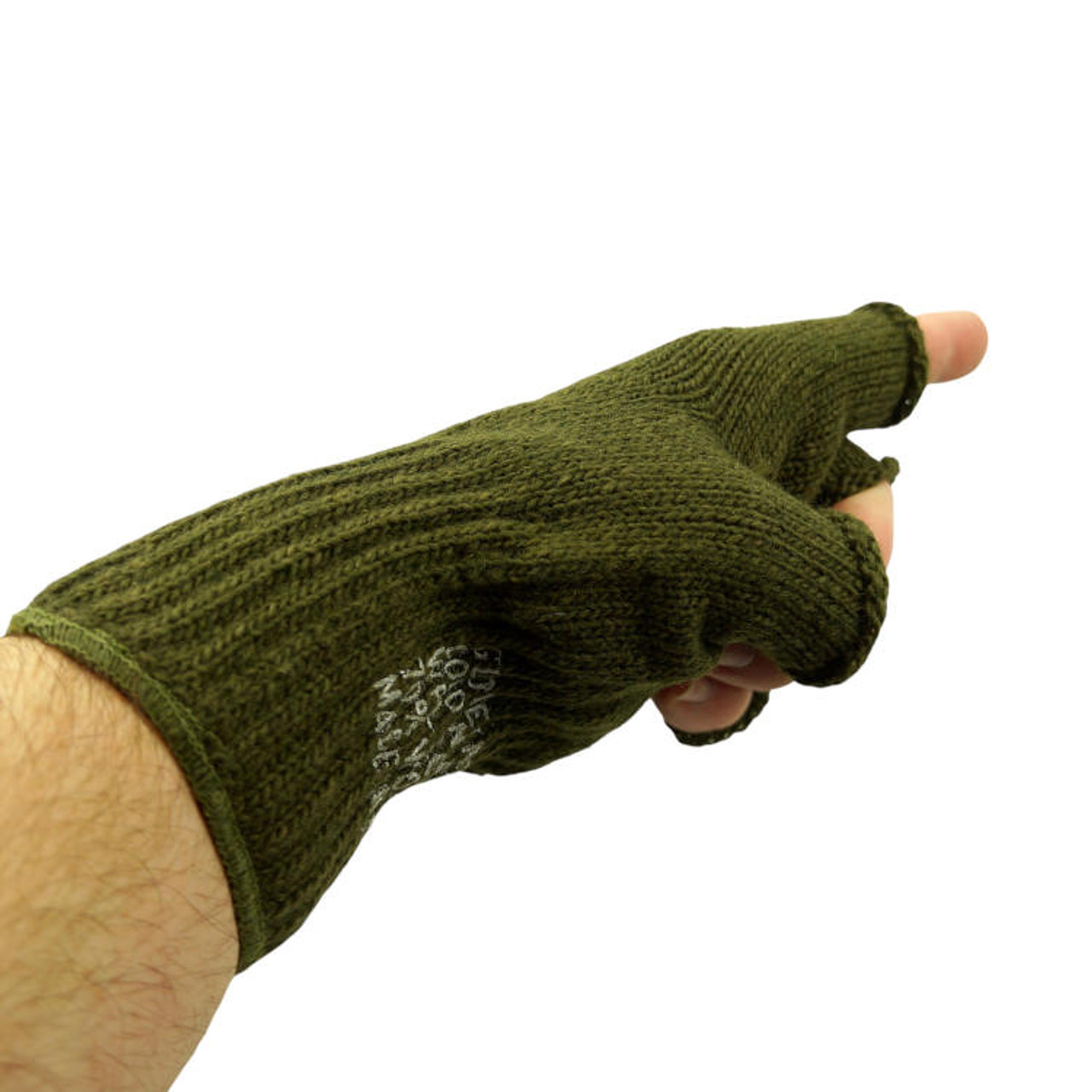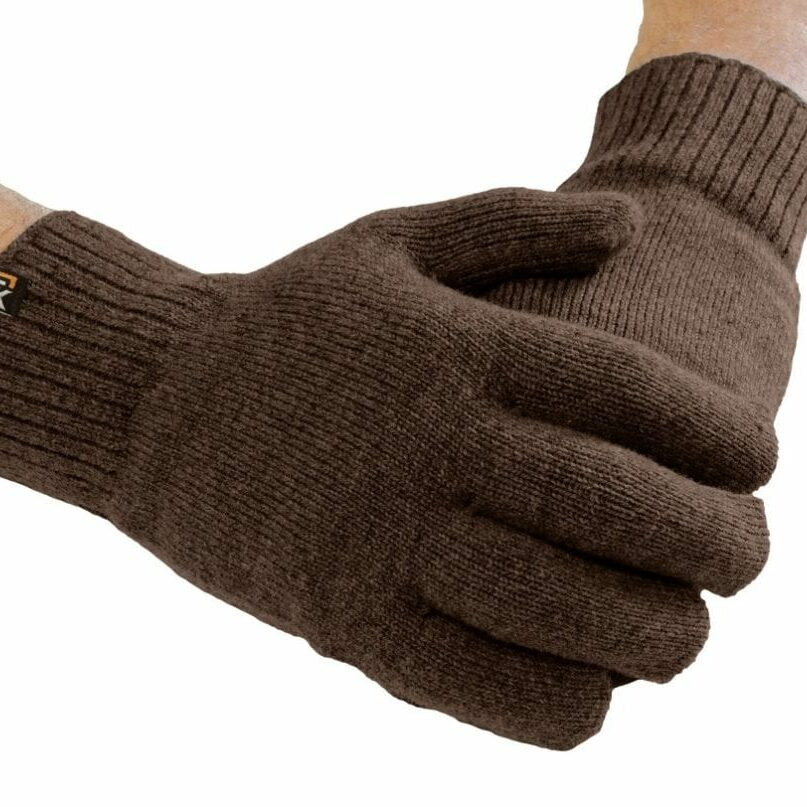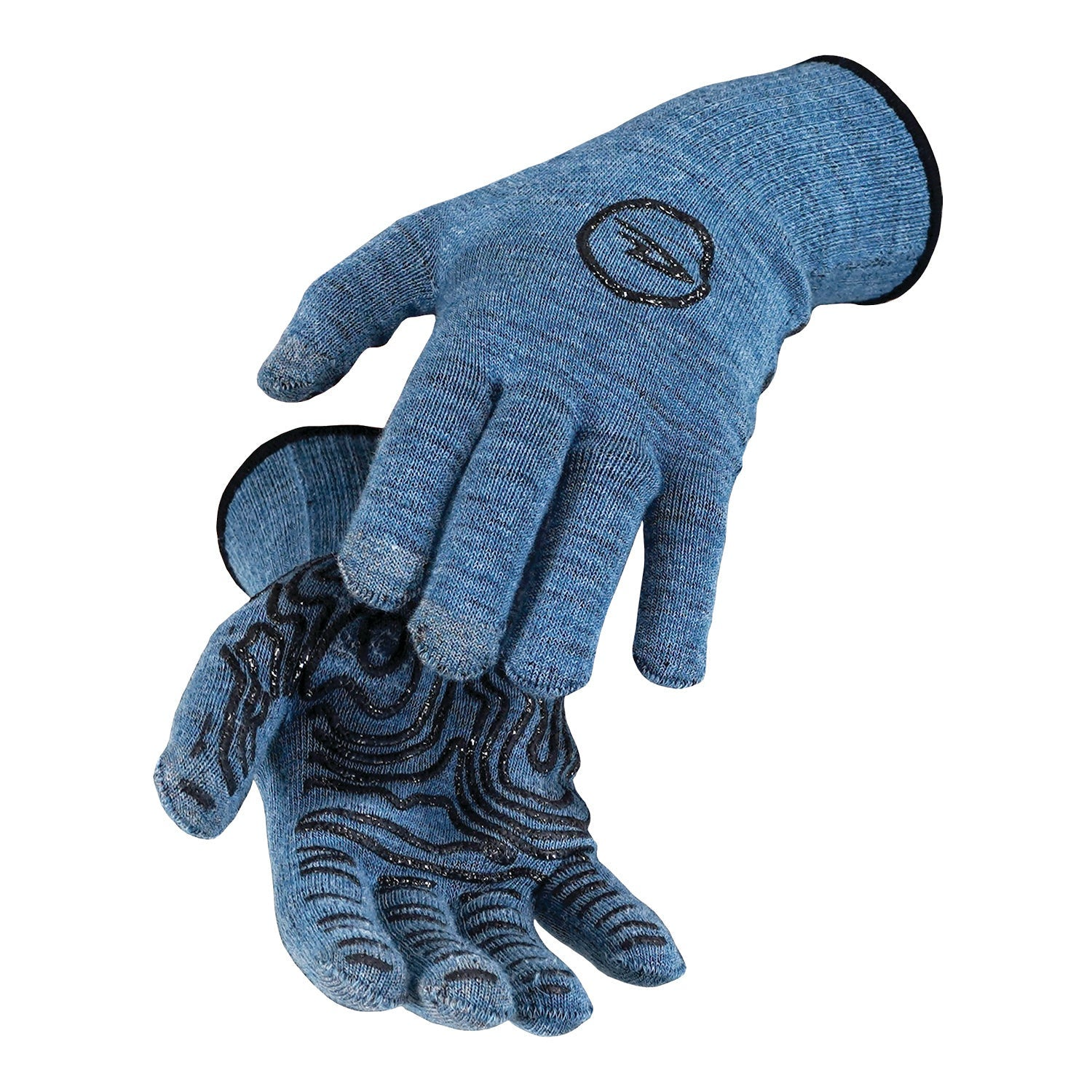Wool gloves are a timeless accessory that provide warmth, comfort, and style during the colder months. With their unique blend of natural properties, wool gloves have become an essential item in many people’s winter wardrobes. This comprehensive guide delves into the world of wool gloves, exploring their benefits, types, care instructions, and styling tips to help you make the most of this versatile accessory.
The Advantages of Choosing Wool Gloves
Exceptional Warmth
Wool is renowned for its exceptional insulating properties, which stem from its natural crimped fibers that create tiny air pockets. These air pockets trap body heat, effectively keeping your hands warm even in frigid temperatures. Moreover, wool can absorb up to 30% of its weight in moisture without feeling damp, ensuring that your hands remain dry and comfortable, further enhancing the gloves’ warming capabilities.
Breathability and Comfort
Unlike synthetic materials that can cause sweaty palms and discomfort, wool gloves offer excellent breathability. The fibers allow excess moisture to evaporate, preventing clamminess and maintaining a balanced microclimate around your hands. Additionally, wool has a soft, itch-free texture when properly processed, making it gentle on sensitive skin and providing a cozy, comfortable feel throughout the day.
Durability and Resistance
Wool is inherently resilient and long-lasting, thanks to its natural elasticity and ability to resist wear and tear. It can withstand frequent use and laundering without losing shape or integrity. Furthermore, wool possesses inherent antimicrobial properties, deterring the growth of odor-causing bacteria, ensuring your gloves stay fresh and hygienic over time. Wool gloves also offer some resistance against water and wind, although they may require additional treatments or blends for enhanced weatherproofing.
Types of Wool Gloves
Pure Wool Gloves
Pure wool gloves are crafted entirely from high-quality wool fibers, such as merino, cashmere, or alpaca. They offer the purest expression of wool’s natural benefits, with unparalleled warmth, softness, and breathability. Merino wool gloves are particularly popular due to their fine fibers, which make them exceptionally soft and itch-free. Cashmere gloves are known for their luxurious feel and extraordinary warmth-to-weight ratio, while alpaca gloves provide excellent insulation and a unique, silky texture.
Wool Blend Gloves
Wool blend gloves combine wool fibers with other materials, such as synthetic fibers (e.g., nylon, polyester) or natural fibers like silk, leather, or suede. These blends aim to enhance specific characteristics of the gloves, such as improved durability, water resistance, or grip. For instance, wool-synthetic blends often provide better protection against moisture and abrasion, while wool-leather gloves offer a sophisticated look and added durability in high-wear areas.
Wool Liner Gloves
Wool liner gloves are thin, lightweight gloves designed to be worn as a base layer under thicker mittens or gloves. They provide an extra layer of warmth and moisture management without compromising dexterity. Liner gloves made from fine merino wool are particularly popular for their softness and ability to regulate temperature effectively, making them suitable for a wide range of outdoor activities.
Caring for Your Wool Gloves
Proper Washing
To maintain the quality and longevity of your wool gloves, follow these washing guidelines:
- Check the care label: Always consult the manufacturer’s care instructions before washing, as different wool blends may have specific requirements.
- Hand wash or use a gentle cycle: If machine washing is recommended, use a delicate cycle with cold water and a mild detergent designed for wool. Hand washing is often gentler and can be done using a basin or sink filled with cool water and a small amount of wool-safe detergent.
- Avoid agitation: Minimize rubbing, wringing, or twisting, as these actions can damage the fibers and cause shrinkage. Instead, gently squeeze the suds through the fabric and let the gloves soak for a few minutes.
- Rinse thoroughly: Rinse the gloves in cool, clean water until all soap residue is removed. Gently press out excess water, taking care not to wring or twist.
- Air-dry flat: Lay the gloves flat on a clean towel, reshaping them as needed, and allow them to air-dry naturally away from direct heat. Avoid hanging them, as this may stretch the material and distort the shape.
Storage and Maintenance
Proper storage and maintenance will help keep your wool gloves in excellent condition:
- Store in a cool, dry place: Protect your gloves from humidity, sunlight, and moths by storing them in a breathable container, such as a cotton bag or drawer, with cedar balls or moth repellent sachets.
- Refresh between wears: If your gloves aren’t dirty but could benefit from a quick refresh, try airing them out or giving them a gentle spritz with a fabric refresher.
- Handle stains promptly: Spot-treat any stains as soon as possible, using a gentle stain remover specifically formulated for wool. Follow the product instructions and test on an inconspicuous area first.
Styling Tips for Wool Gloves
Pairing with Outerwear
Coordinate your wool gloves with your outerwear for a cohesive, polished look. Match the color or pattern of your gloves to your coat, scarf, or hat, or choose complementary shades to add visual interest. Neutral hues like black, gray, navy, or camel are versatile choices that pair well with various outfits.
Layering for Versatility
Layering different glove styles allows you to adapt to changing weather conditions and activities. Wear thin wool liner gloves alone on milder days or under heavier gloves or mittens for added warmth in extreme cold. Mix and match colors and textures to create unique combinations that reflect your personal style.
Accessorizing with Detailing
Embrace gloves with decorative elements or contrasting details to elevate your outfit. Look for gloves with leather or suede accents, ribbed cuffs, embroidery, or pompoms. These features not only add visual appeal but can also serve functional purposes, such as improving grip or providing extra coverage.
Matching Occasions and Attire
Select wool gloves appropriate for the occasion and your attire. For formal events, opt for sleek, monochromatic gloves in fine merino or cashmere, ensuring they reach beyond the wrist for a refined look. In casual settings, feel free to experiment with colorful patterns, chunky knits, or whimsical designs that showcase your personality.
In conclusion, wool gloves offer a perfect combination of warmth, comfort, and style for the colder seasons. By understanding the advantages of wool, exploring the different types of gloves available, and following proper care instructions, you can make informed decisions when selecting and maintaining your wool gloves. Embrace the versatility of this classic accessory by incorporating it into your wardrobe with thoughtful styling tips, ensuring your hands stay cozy and fashionable all winter long.





